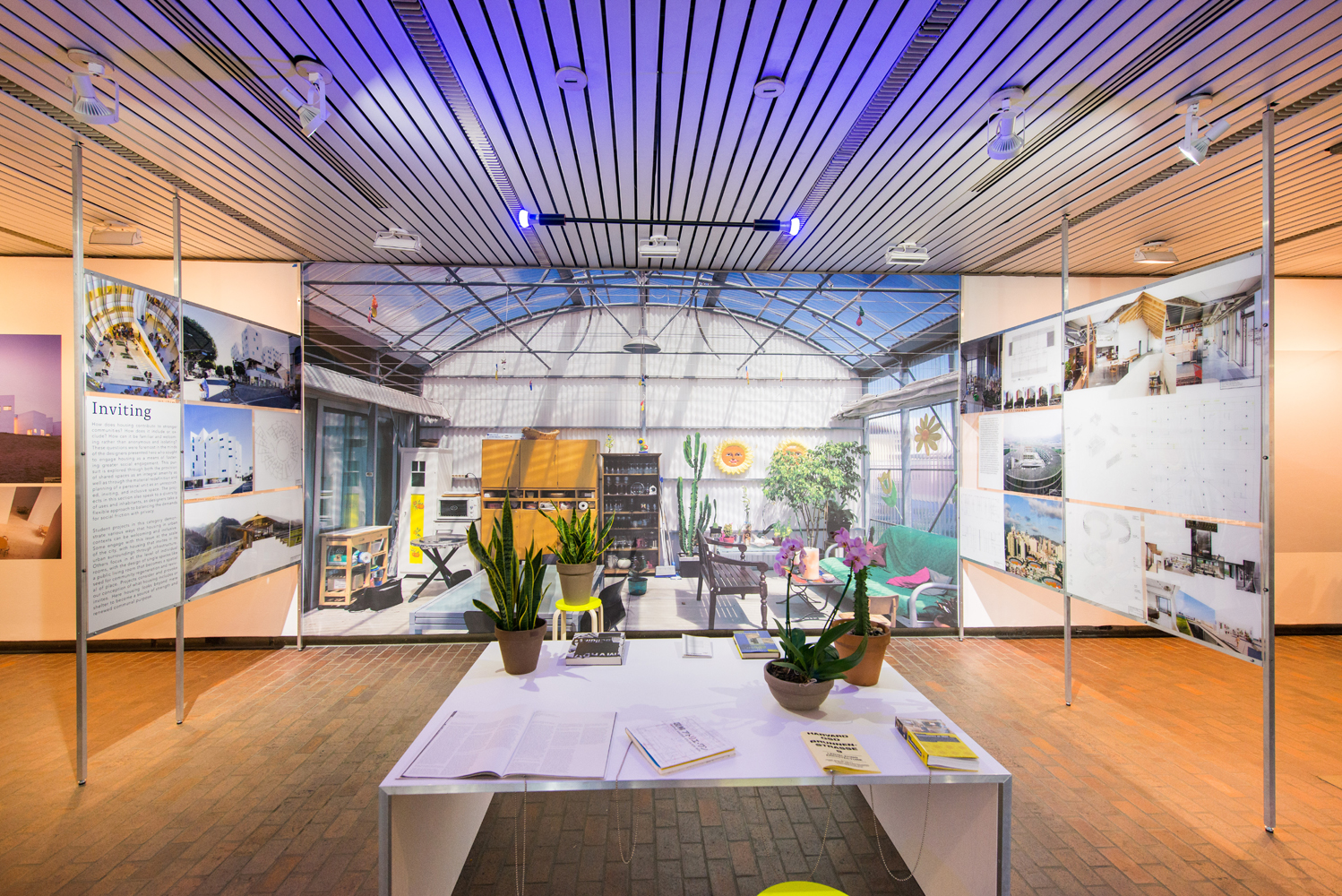Living Anatomy: An Exhibition About Housing

Living Anatomy brings together a selection of projects that demonstrate innovative solutions for housing in urban contexts. The exhibition focuses on a 50-year period from 1965 to 2015 that witnessed the waning of Modernism and the ensuing controversy about its legacy. Housing was a central preoccupation of twentieth–century Modernists, and this exhibition brings together built projects from the past few decades that critique the inherited assumptions about what housing is and what it should be. Drawing from projects and research produced by GSD faculty, students, and alumni, Living Anatomy seeks to understand how designers have addressed some of the most profound questions about housing in our contemporary moment: What ideas have shaped our thinking about housing? How should we rethink density? And perhaps, most fundamentally, how does housing detract or enhance our quality of life?
The exhibition is organized around a set of six themes that feature a variety of perspectives and responses to the challenges posed by housing. These include how housing has been reconceived as an active form that fosters vibrant communities (INVITING), produces new approaches to high-density development (TERRITORY), and generates meaningful relationships between people and their surroundings (EXPOSURE). It also considers how housing can respond to changes brought by catastrophic disasters (RECOVERY) as well as natural transitions in life (TRANSIENCE). The exhibition will also highlight the ongoing intellectual exchange that surrounds housing as a matter of incredible social, economic, and political importance (DISCOURSE). Taken together, these six themes offer a brief but critical glimpse into the richness and complexity of the conversation about housing that is happening at both the GSD and, more broadly, within the design professions.
The GSD studios and seminars represented in Living Anatomy speculate on design’s capacity to address a range of disparate housing agendas and priorities. The student investigations imagine housing as a central agent of change, responding to international, generational, cultural, demographic, psychological, and environmental issues. These projects examine and compare historical aspects of housing with many present-day variations in order to develop a more inclusive and sustainable engagement moving forward. Living Anatomy situates selected projects in dialogue with the six themes of the exhibition. This thematic categorization documents the shared ambitions in the design of housing, and reveals links between these two sites of production—the academy and the practice. At times, the speculative student work conveys connections to the built work in its context; at other times, the student projects offer a new lens for the re-examination of adjacent work, provoking critique.
Credits
This exhibition was initiated by Mohsen Mostafavi, Dean of the Faculty of Design, Alexander and Victoria Wiley Professor of Design
Patricia Roberts, Executive Dean
Beth Kramer, Associate Dean for Development & Alumni Relations
Benjamin Prosky, Assistant Dean for Communications
Curatorial Team:
Megan Panzano, M.Arch ‘10, Design Critic in Architecture
Daniel Rauchwerger, MDes ‘15
Matt Gin, PhD Candidate
Design Team:
Megan Panzano, Lead Designer with Daniel Rauchwerger
Exhibitions and Communications:
Dan Borelli, MDes ‘12, David Zimmerman-Stuart, Travis Dagenais
Installation Team:
Ray Coffey, Anita Kan, Sarah Lubin, Jesus Matheus, Jack Mauch, Joanna Vouriotis, Liz Welch
Respondents:
Frank Barkow, Irina Davidovici, Diane Davis, Chris Herbert, Anne Lacaton, Jean Philippe Vassal, Marc Norman, Peter Rowe